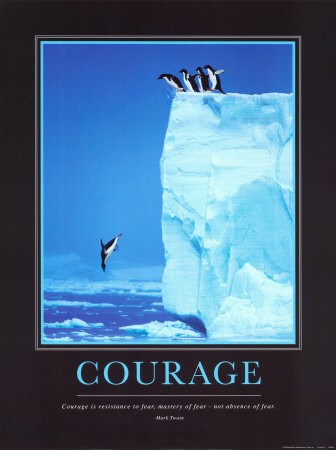People often take the daily objects they use for granted, such as the toothbrush they clean their teeth with, the utensils they eat with, and the chair they sit on. Most people do not necessarily analyze these objects in order to form an opinion on it; they simply like it, or dislike it. However, there are particular subconsciously judged elements that influence people’s experience with a particular object and its design; it is its ergonomics.
Photos take by Diane Wu
I never realized, before, how much work had been put into the designing of the folding chair I sit in everyday, as simple as it may be. I appreciated the convenience of the chair in its storage abilities, but always disliked the instability of the chair and its tendency to slip out from under the person if he sits too close to the edge of the chair. I am young, so falling out of the chair may not injure me severely. However, it may be a potential hazard for my grandparents who are in their late eighties; they cannot afford the fall. As a result, the design of the chair does not meet the safety requirements for people of all age groups, thus, limiting their potential group of buyers.
Although my height and leg length fit the chair rather well, the chair lacks support for the lower back. People with back problems or who tend to sit for a long time will not find comfort in this chair. The edge of the seat also has corners that often scrape against my legs and leave a red line mark after sitting for a period of time. According to comfort, these chairs are not made for sitting for a long time. They are simply used for temporary convenience such as eating in the kitchen.
These folding chairs are very light and easy to fold and store away in cabinets. They are portable and slide smoothly into their positions. The wood has a smooth finish, therefore, it a good kitchen chair because it is waterproof and easy to wipe clean with a towel when there’s a spillage. It functions very well if used correctly, for example sitting completely on the seat rather than the edge, so its performance is acceptable.
The simple design of the folding chair gives it a minimalist feel. The light color of the wood finish decreases its visual weight, making it appear even lighter than it already is. It has formal balance meaning that the chair is symmetrical on both sides, which creates harmony and unity to the overall look of the chair. The proportion and form of the chair fits comfortably with the human bodily proportions, thus, meeting the function of the object as a chair.
Although not the most comfortable chair in the house, the foldable kitchen chair meets the functional requirements. Its safety is acceptable for younger people who can quickly recover from a fall. It is lightweight and easy to store away. It is also aesthetically pleasing. Therefore, its ergonomics is acceptable, but there are improvements that could be made, thus, designers must not forget the design process of doing and redoing.


























